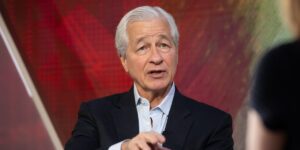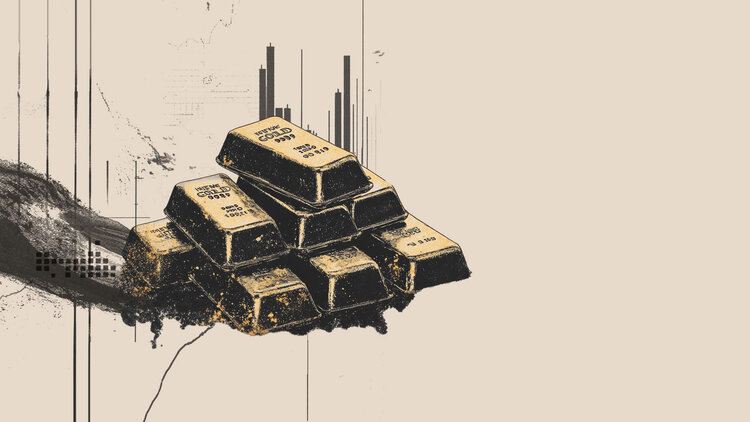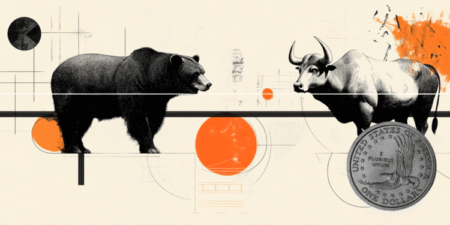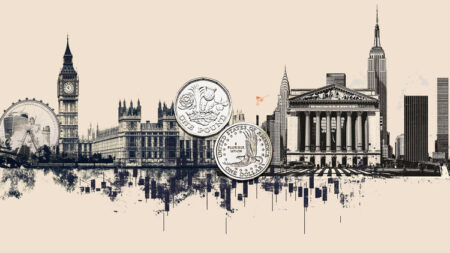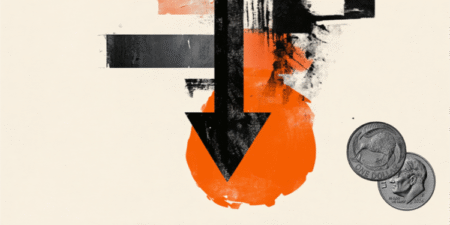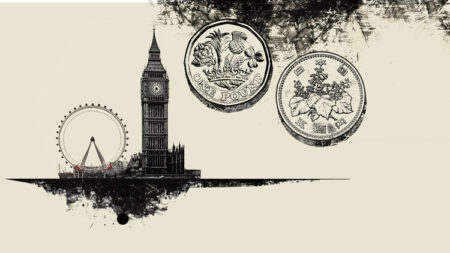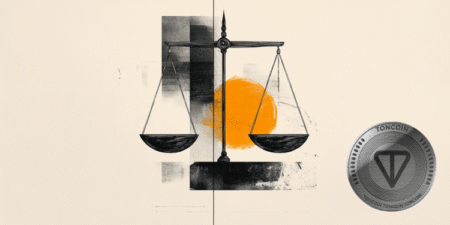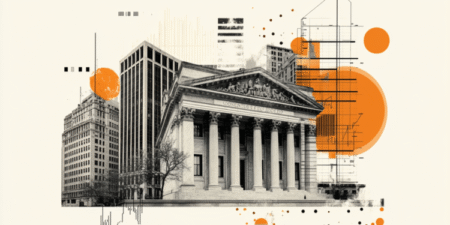Gold price (XAU/USD) jumps to a fresh record high near $4,130 during the early Asian session on Tuesday. The precious metal extends the rally as renewed US-China trade tensions send investors flocking to safe-haven assets. The Federal Reserve’s (Fed) Chair Jerome Powell is scheduled to speak later on Tuesday.
Escalating trade tensions between the US and China reignited fears of a trade war between the world’s two largest economies, boosting safe-haven assets like the Gold price. US President Donald Trump announced on Friday that he will impose new trade measures against Beijing, including 100% tariffs on all Chinese goods and export controls on critical US-developed software, due to take effect by 1 November.
Nonetheless, Trump adopted a less strident stance on Sunday, saying that everything would be “fine” and that the US was not looking to “hurt” China.
Expectations mounted for further interest rate cuts by the US Fed, which contributes to Gold’s upside. Markets are currently pricing in an almost certain 25 basis points (bps) rate cut at the Fed’s October meeting, with another reduction expected in December, according to the CME FedWatch tool. Lower interest rates could reduce the opportunity cost of holding Gold, supporting the non-yielding precious metal.
Further consolidation or correction cannot be ruled out in the near term, as the yellow metal has climbed over 56% year-to-date so far this year. “Given the carousel of drivers, and how short-lived dips have been, this rally has legs in our view, but a near-term correction would be healthier for a longer-term uptrend,” said Suki Cooper, global head, commodities research at Standard Chartered Bank.
Gold FAQs
Gold has played a key role in human’s history as it has been widely used as a store of value and medium of exchange. Currently, apart from its shine and usage for jewelry, the precious metal is widely seen as a safe-haven asset, meaning that it is considered a good investment during turbulent times. Gold is also widely seen as a hedge against inflation and against depreciating currencies as it doesn’t rely on any specific issuer or government.
Central banks are the biggest Gold holders. In their aim to support their currencies in turbulent times, central banks tend to diversify their reserves and buy Gold to improve the perceived strength of the economy and the currency. High Gold reserves can be a source of trust for a country’s solvency. Central banks added 1,136 tonnes of Gold worth around $70 billion to their reserves in 2022, according to data from the World Gold Council. This is the highest yearly purchase since records began. Central banks from emerging economies such as China, India and Turkey are quickly increasing their Gold reserves.
Gold has an inverse correlation with the US Dollar and US Treasuries, which are both major reserve and safe-haven assets. When the Dollar depreciates, Gold tends to rise, enabling investors and central banks to diversify their assets in turbulent times. Gold is also inversely correlated with risk assets. A rally in the stock market tends to weaken Gold price, while sell-offs in riskier markets tend to favor the precious metal.
The price can move due to a wide range of factors. Geopolitical instability or fears of a deep recession can quickly make Gold price escalate due to its safe-haven status. As a yield-less asset, Gold tends to rise with lower interest rates, while higher cost of money usually weighs down on the yellow metal. Still, most moves depend on how the US Dollar (USD) behaves as the asset is priced in dollars (XAU/USD). A strong Dollar tends to keep the price of Gold controlled, whereas a weaker Dollar is likely to push Gold prices up.
Read the full article here



